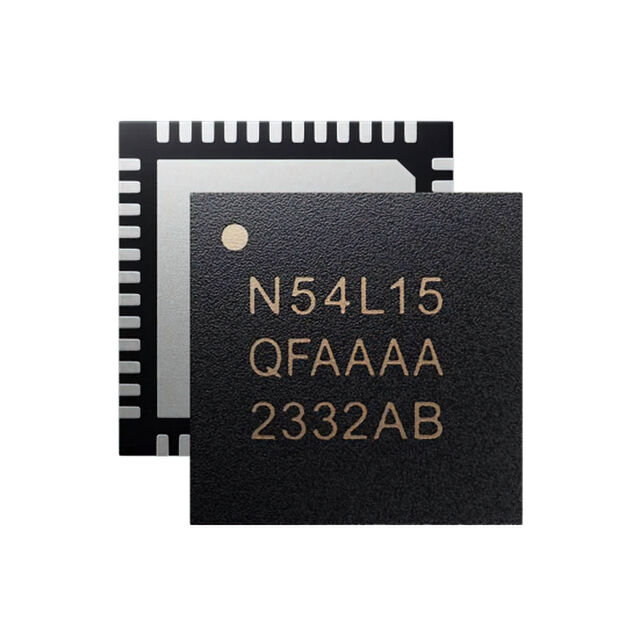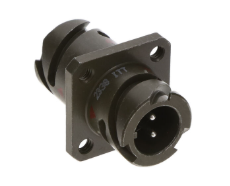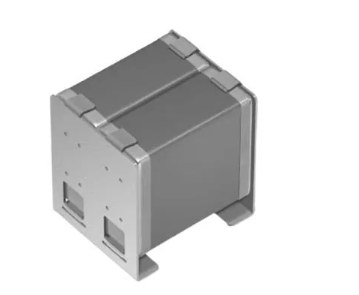Bioinspired robotic dog for land and water operations
A new amphibious robotic dog, designed to manoeuvre seamlessly across both land and water, has been unveiled by a team of researchers aiming to push the boundaries of terrain versatility in robotics.
The study, published in IOP Publishing’s Bioinspiration and Biomimetics, drew its primary inspiration from the swimming motion of mammals – particularly dogs – rather than the traditional reliance on reptiles or insects.
Unlike previous amphibious robots that often suffer from limitations in agility, dynamics, and load-bearing capacity, this latest model replicates the dog’s paddling gait to allow for natural and efficient movement across different terrains. The result is a machine that transitions more effectively between land and aquatic environments.
“This innovation marks a big step forward in designing nature-inspired robots,” said Yunquan Li, corresponding author of the study.
The robot's water propulsion is achieved through a unique paddling mechanism designed to replicate canine swimming movements. To ensure aquatic stability and control, the team engineered the robot’s weight distribution and buoyancy with precision.
Three paddling styles were developed and tested:
- Two variations of the doggy paddle, aimed at optimising propulsion and speed
- A trot-like paddling gait, prioritising enhanced stability in water
In performance tests, the doggy paddle configuration delivered the highest aquatic speed, reaching 0.576kph, while the trot-like gait proved more stable. On solid ground, the robot attained speeds of up to 1.26kph, demonstrating the effectiveness of its dual-environment design.
“Our robot dog’s ability to efficiently move through water and on land is due to its bioinspired trajectory planning, which mimics the natural paddling gait of real dogs,” said Li. “The double-joint leg structure and three different paddling gaits address previous limitations such as slow swimming speeds and unrealistic gait planning, making the robotic dog much more effective in water.”
The researchers believe their work lays the foundation for amphibious robots that could serve in a range of applications, including environmental monitoring, military reconnaissance, and emergency response operations.














